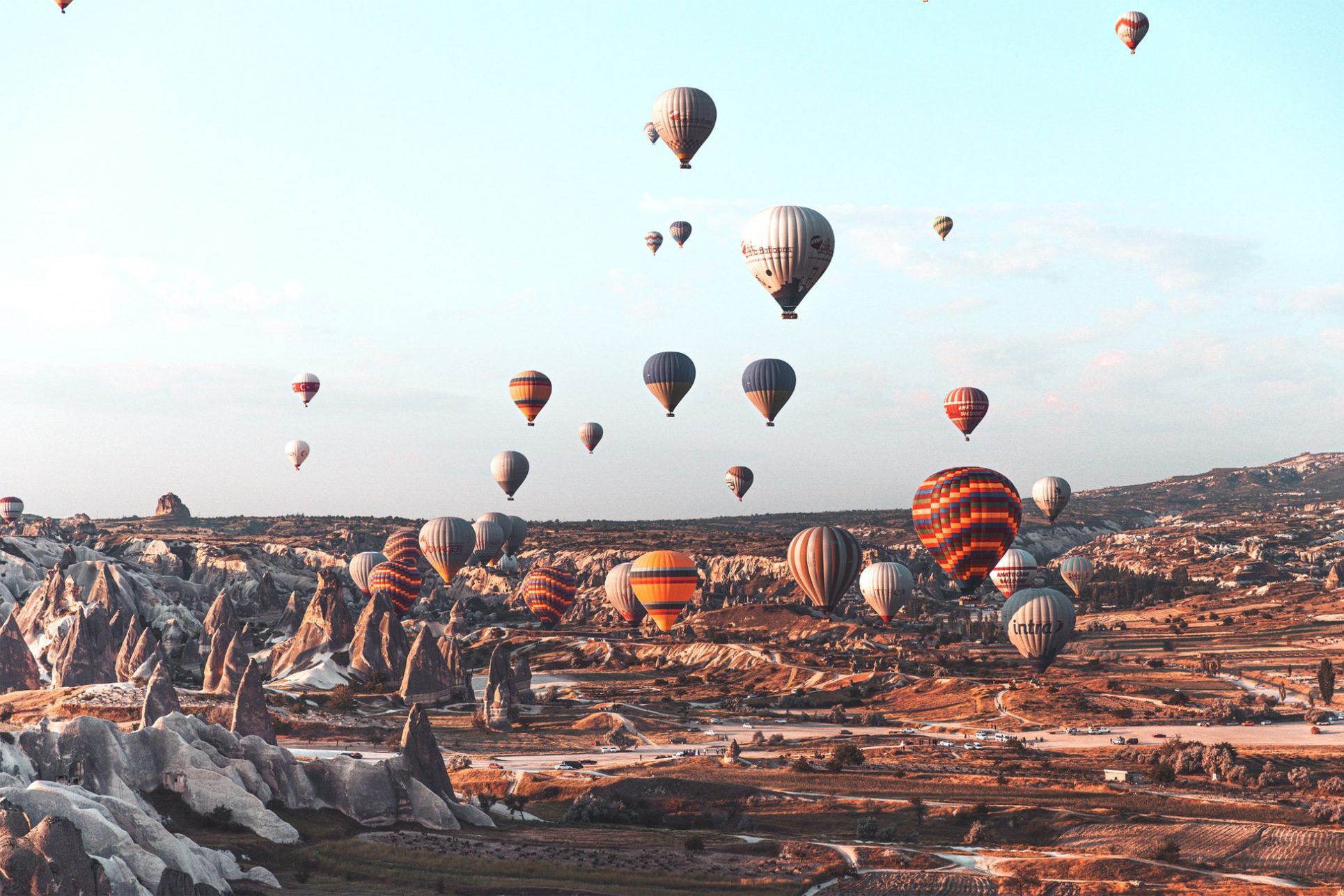Croatia’s splendors extend from the deep-blue waters of the Adriatic coastline to the waterfall-laced mountains of the Dinaric Alps and throughout its medieval towns. From Dubrovnik’s walled city where baroque buildings are surrounded by centuries-old forts to the lively islands of Bra? and Hvar, this Central European country is an exciting blend of glamour and tradition. Croatia’s vibrant, historic cities, sprawling vineyards, gorgeous beaches, and thousand-plus islands give travelers plenty of places to dance, sip wine, sail, and soak up the sunshine.
Central Dalmatia
Central Dalmatia’s untamed natural beauty encompasses rocky coastal beaches, steep mountains, and a terrain dotted by olive groves, vineyards, and wild Mediterranean herbs. The wonder elicited by these landscapes is matched only by the area’s unique culture and lifestyle.
Here, you can take in everything from ancient ruins and Renaissance-era architectural masterpieces to the exciting entertainment, buzzing art, and cutting-edge gastro scenes of today. For many, the one-of-a-kind journey around Central Dalmatia begins from Croatia’s second-largest city and Dalmatia’s de facto capital, Split.
Within the last decade, Split has blossomed into one of the Mediterranean’s most popular coastal hotspots.The layers of history contained within its Old Town walls (including the UNESCO-listed Diocletian’s Palace) are worth more than a quick walk-through and a few photos. Take your time as you stroll through the city’s labyrinth-like stone streets. While you’re in town, channel your inner Dalmatian by going laganini—laid-back and without rushing—as you savor each bite of fresh seafood and enjoy each sip of sun-ripened local wine.
From Split you can hop on a ferry or catamaran to one of the nearby islands that offer paradise just two hours or less away. Split is also the region’s main base for boat charter companies operating routes throughout the Adriatic. A 60-minute drive up the coast, northwest of Split, you’ll find the stunning city of Šibenik, home to the UNESCO-designated Gothic-Renaissance Cathedral of St. James. Šibenik, with its medieval-era old town and grand fortresses of St. Michael and St. Nicholas, is more than worthy of a couple days of your time. The city also makes a splendid base for visiting the nearby cascading waterfalls of Krka National Park, and the peaceful riverside town of Skradin.
On the way back from Šibenik toward Split is the historic city of Trogir. The city’s Old Town is a remarkable conglomeration of Roman, Greek, and Venetian ancient stone architecture all contained on a tiny island that residents call their living museum. On the other end, a 30-minute drive down the coast south from Split brings you to Omiš and the mouth of the Cetina River. The river forms a steep-sided valley renowned as an adventure sport hotspot with activities ranging from rafting to rock climbing.
But what makes Central Dalmatia truly special are its islands. One of the nearest, Bra?, often recognized for its famous Zlatni Rat (Golden Cape) Beach, is an island of exceptional beauty and enchanting traditions, including a world-renowned stonemasonry school. West of Bra? is the island of Šolta, a natural refuge which has been home to royalty, artists, pirates, and farmers alike throughout its unique history. Along the south side of Šolta, you will find several idyllic bays that are accessible only by sea. South of Bra? rises the island of Hvar, home to one of Central Dalmatia’s most exclusive party destinations, Hvar Town. Sixteenth-century Venetian buildings ring three sides of the Hvar Town harbor and its magnificent main square, home to the a Renaissance bell tower and the Cathedral of St. Stephen, dating back to the 6th century. The proud hilltop Fortica Fortress to the left of the main square beckons visitors to take in the view from higher ground.
Even farther out to sea lies wild, windswept Vis, Croatia’s most distant inhabited island. There are two major settlements here: Vis Town and Komiža, the latter making the best starting point for a day trip to Modra Špilja (Blue Cave) on the islet of Biševo. Back on the mainland, a two-hour drive down the coast south of Split brings you to Makarska, a bustling seaside city built around a bay filled with fishing boats and backed by the stunningly rugged silhouette of Biokovo Mountain. Biokovo, with its St. George Peak soaring about 5,770 feet, is the third highest of Croatia’s mountains and offers stunning views over the entire region.
Finally, Lastovo, Croatia’s second–most distant inhabited island, remains firmly off the beaten track. Although it is geographically part of Southern Dalmatia, Lastovo’s only public ferry and catamaran services to and from the mainland connect to Split.
Slovenia
Slovenia may be the best-kept secret in Europe. Just half the size of Switzerland, the country is often treated as fly-over—or drive-through—territory by travelers heading to better-known places in Croatia or Italy.
That’s good news for anyone choosing Slovenia as a destination, either in its own right or as a highlight during a visit to the region. It means fewer crowds—even in the peak summer touring months—fewer hassles, and in many ways a more relaxed travel experience with a chance to get to know the friendly and sophisticated Slovenian people.
While Slovenia’s beautiful artistic monuments and charming towns may lack the grandeur and historical importance found in neighboring Italy or Austria, they still cast a captivating spell. And when it comes to natural beauty, Slovenia easily competes with other European countries. The Julian Alps northwest of the capital are every bit as spectacular as their sister Alpine ranges in Austria, Italy, and Switzerland, while the magnificent countryside and the quietly elegant charm of Ljubljana await those with the imagination to choose a destination that is off the beaten path.
Ljubljana’s hilltop castle affords views over the river and the Old Town’s terra-cotta rooftops, spires, and green cupolas. On a clear day, the distant Julian Alps are a dramatic backdrop. The castle walls date from the early 16th century, although the tower was added in the mid-19th century. Architect Jože Plečnik landscaped the surrounding park in the 1930s. The castle also houses a virtual museum showcasing Slovenian history through digital technology. Take a step back through time and do the tour; it’s a great introduction to Ljubljana. The castle is also home to the Museum of Puppetry, one of the most underrated museums in the city.










